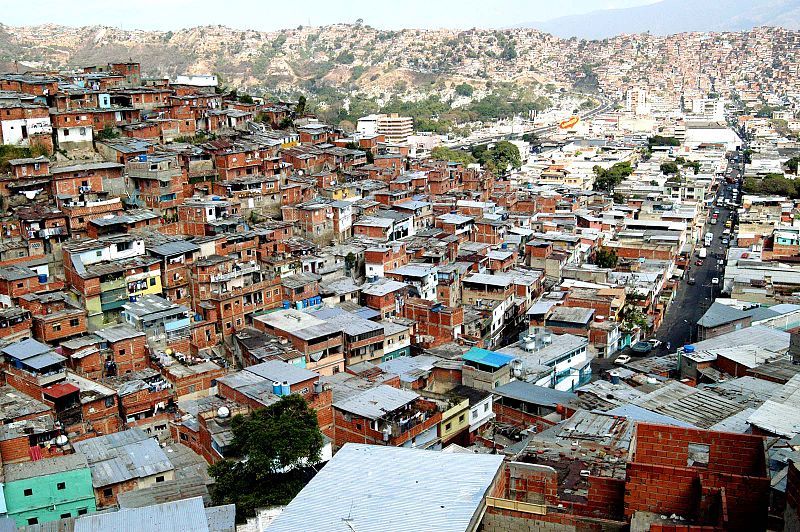providencemarianwood.org – For the adventurous traveler, the allure of visiting some of the world’s most dangerous places can be irresistible. From conflict zones to natural hazard hotspots, these regions offer unique experiences but also pose significant risks. This guide aims to provide insights into some of these dangerous places, offering tips on how to stay safe if you choose to visit.
Conflict Zones
- Syria: Despite its rich history and cultural heritage, Syria remains embroiled in a prolonged conflict. Travelers are advised to avoid the region due to ongoing violence and instability.
- Yemen: Known for its ancient architecture and stunning landscapes, Yemen is currently facing a severe humanitarian crisis due to war. The security situation is precarious, making it unsafe for travel.
Crime Hotspots
- Caracas, Venezuela: With one of the highest crime rates in the world, Caracas presents significant risks related to violent crime and theft. Visitors should exercise extreme caution and consider alternatives.
- San Pedro Sula, Honduras: Often referred to as the “murder capital of the world,” this city is plagued by gang violence and drug trafficking. Travelers should remain vigilant and avoid risky areas.
Natural Hazard Areas
- Ring of Fire, Indonesia: Known for its breathtaking scenery and vibrant culture, Indonesia is also part of the Pacific Ring of Fire, making it prone to earthquakes and volcanic eruptions. Preparedness for natural disasters is crucial when visiting.
- Hurricane Belt, Caribbean Islands: While the Caribbean offers picturesque beaches and a tropical climate, it is also susceptible to hurricanes, especially during the hurricane season from June to November.
Health Risk Regions
- Democratic Republic of the Congo: The DRC faces health challenges, including outbreaks of diseases like Ebola. Travelers must ensure they have appropriate vaccinations and health precautions.
- Malaria-Prone Areas, Sub-Saharan Africa: Many regions in Sub-Saharan Africa are high-risk for malaria. Travelers should take preventive measures such as antimalarial medication and mosquito netting.
Safety Tips for Travelers
- Stay Informed: Regularly check travel advisories and local news to stay updated on the situation in your destination.
- Travel Insurance: Ensure you have comprehensive travel insurance that covers health, accidents, and evacuation.
- Local Guidance: Seek advice from locals or expatriates who understand the current risks and best practices.
- Emergency Preparedness: Know your emergency contacts, including local embassies and hospitals, and have a plan for evacuation if necessary.
Conclusion
Visiting the world’s most dangerous places can offer unparalleled experiences and insights, but it requires careful planning and caution. By understanding the risks and taking necessary precautions, adventurous travelers can explore these regions while prioritizing their safety. Always remember that in high-risk areas, flexibility and adaptability are key to a safe and rewarding journey.
